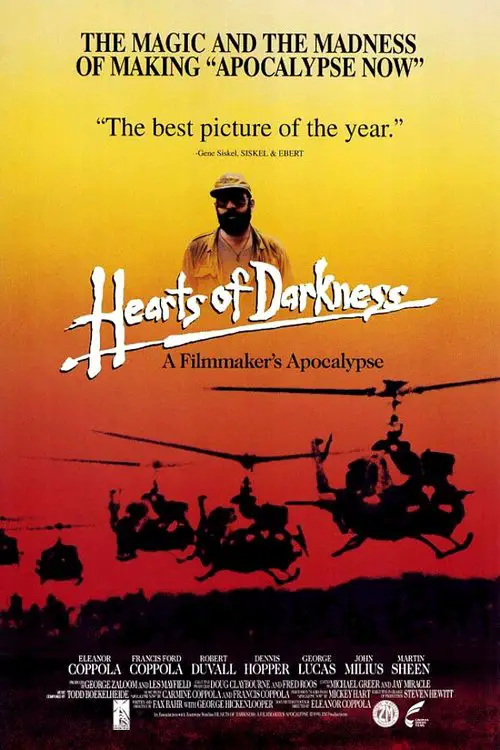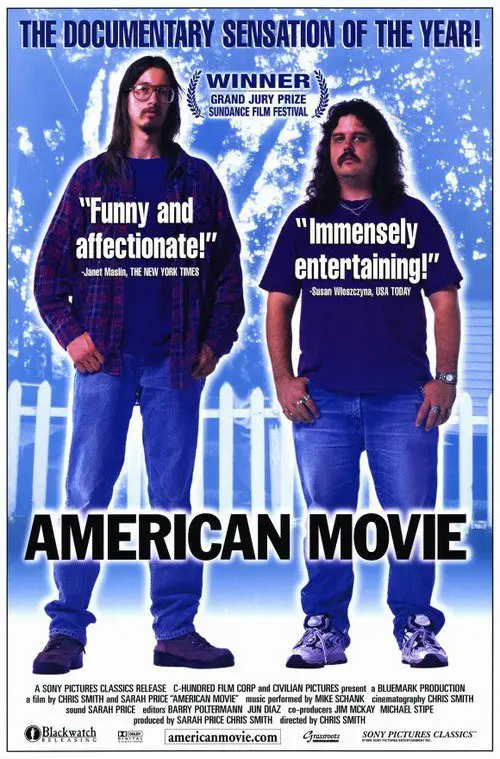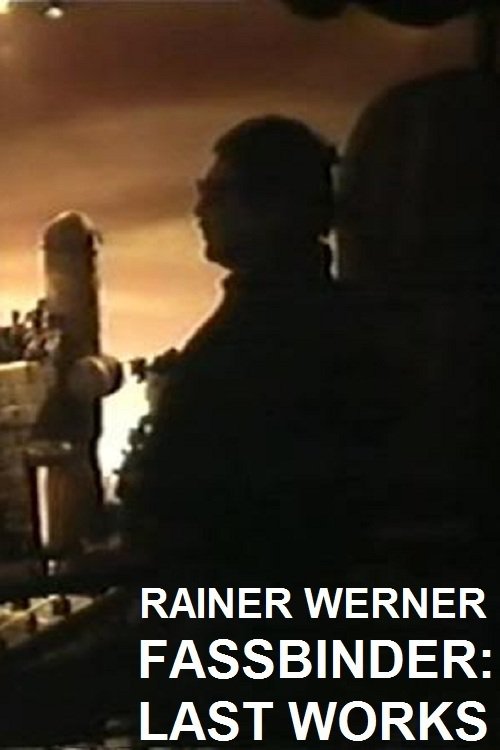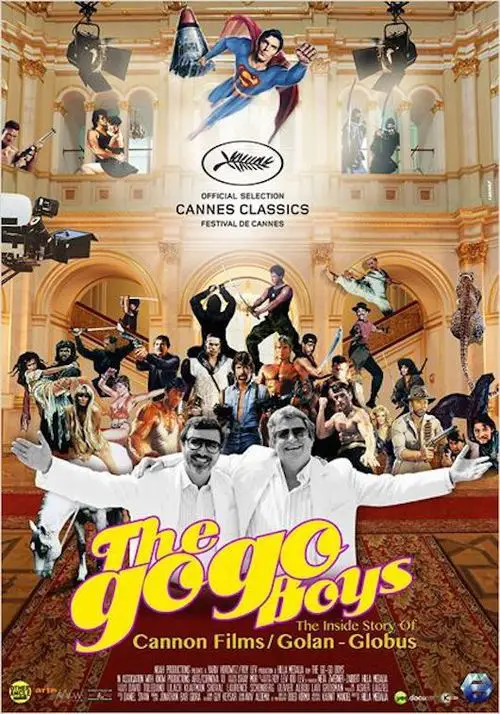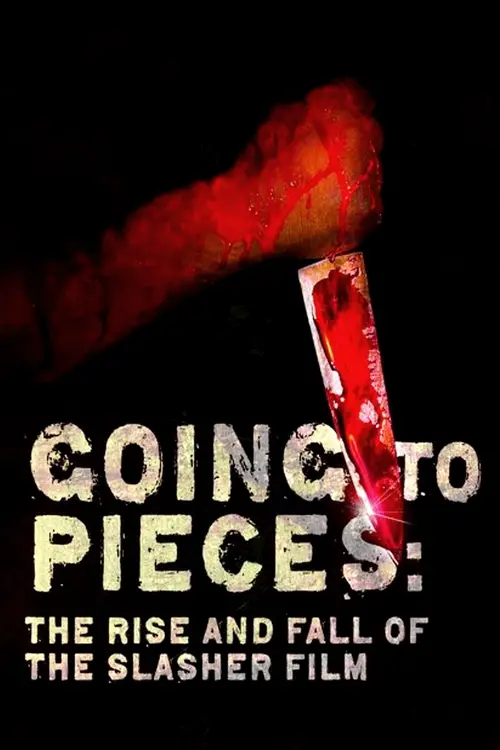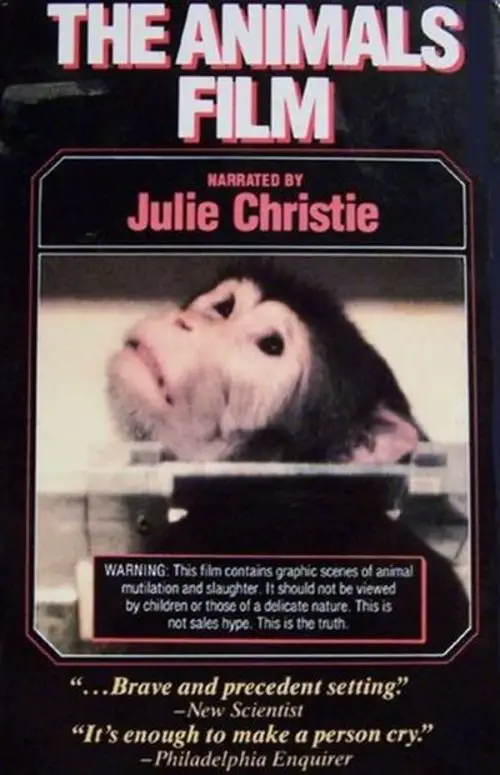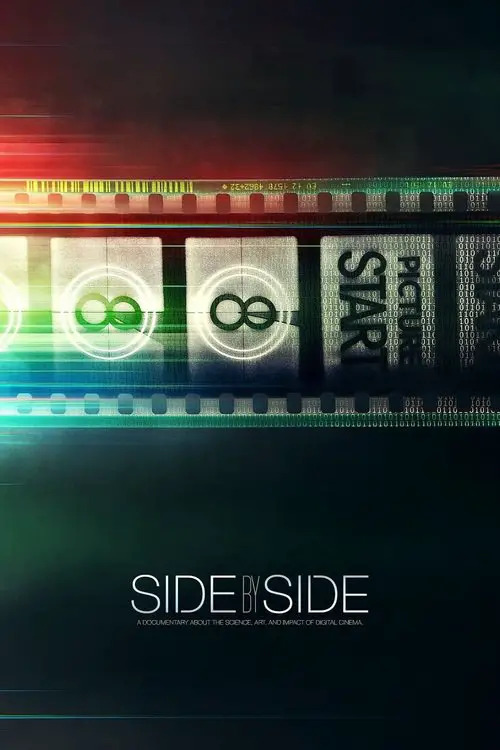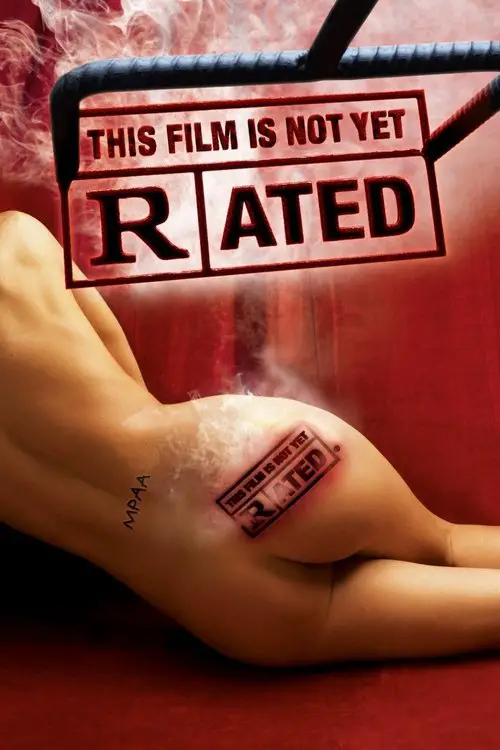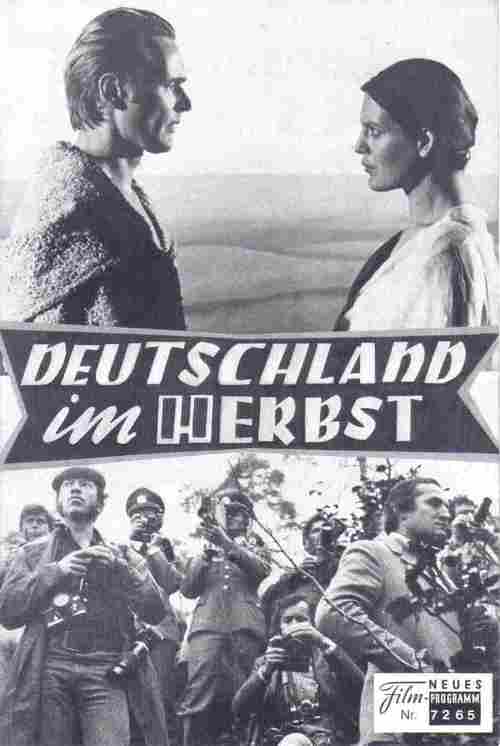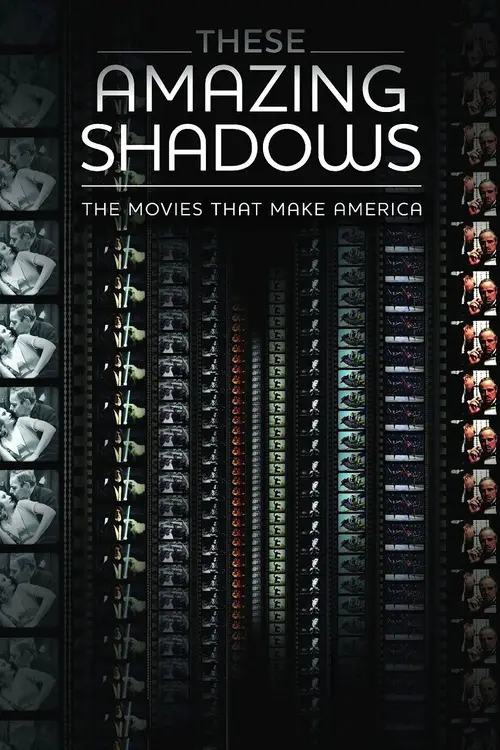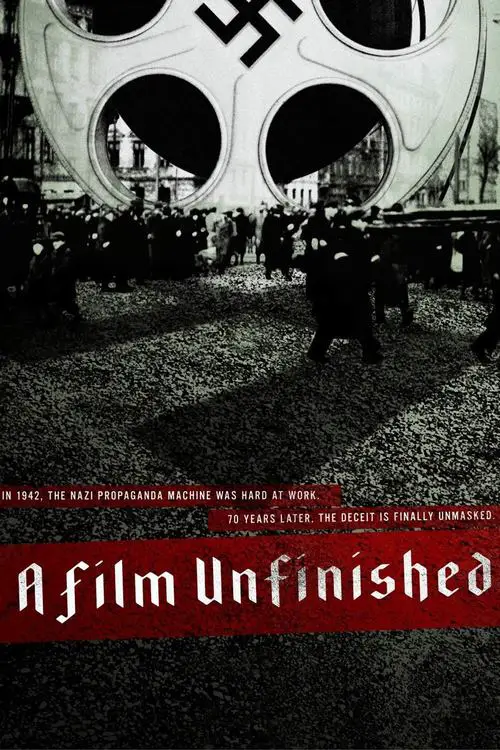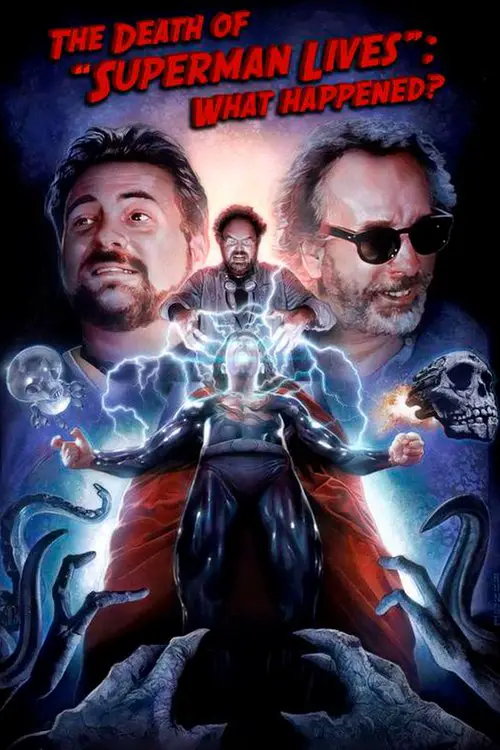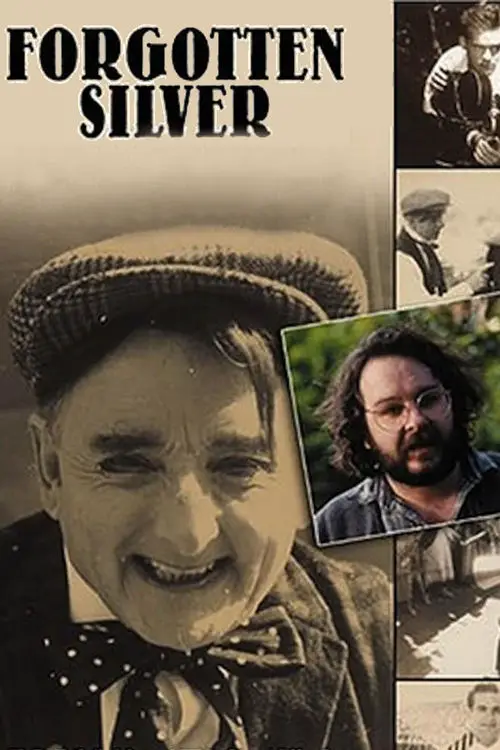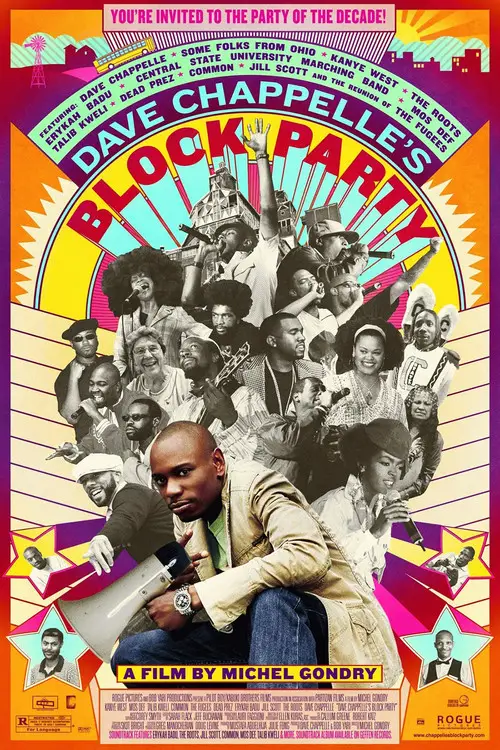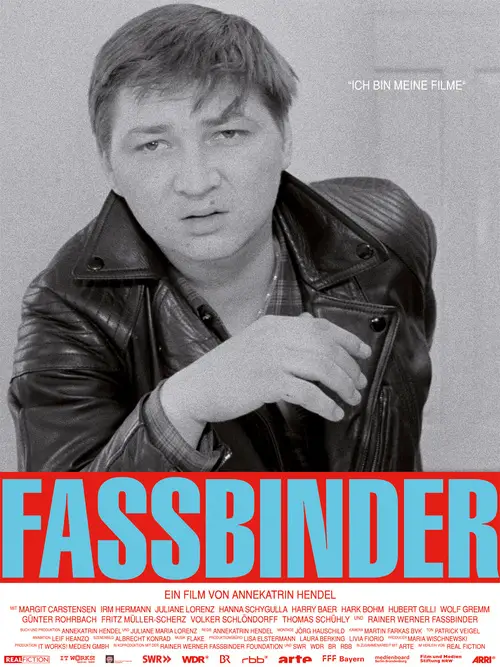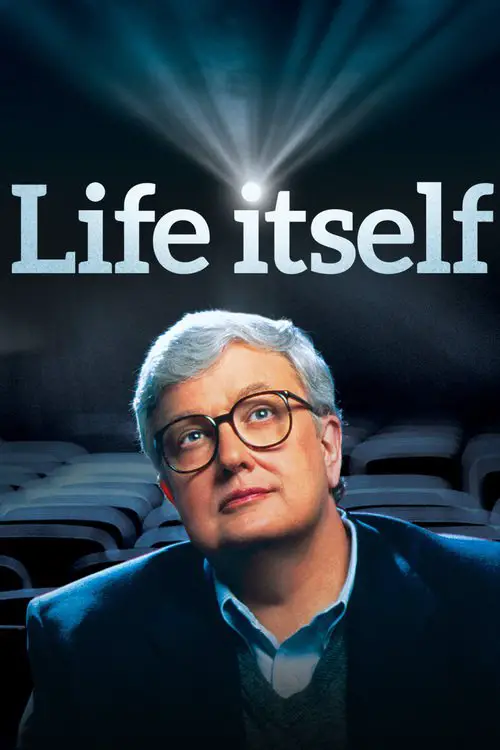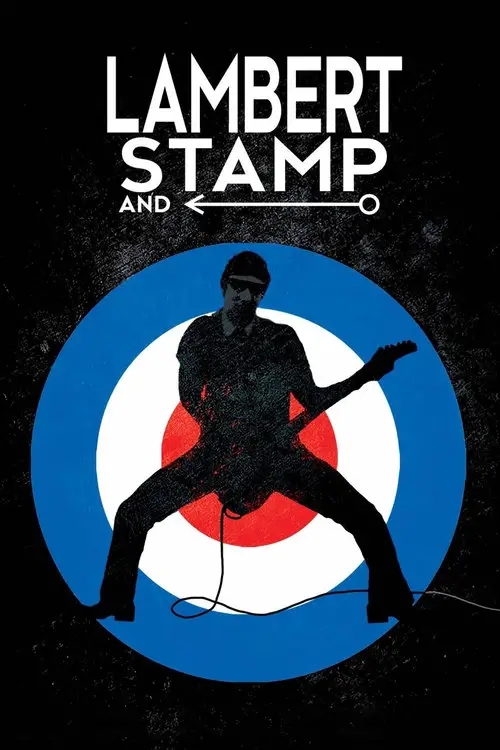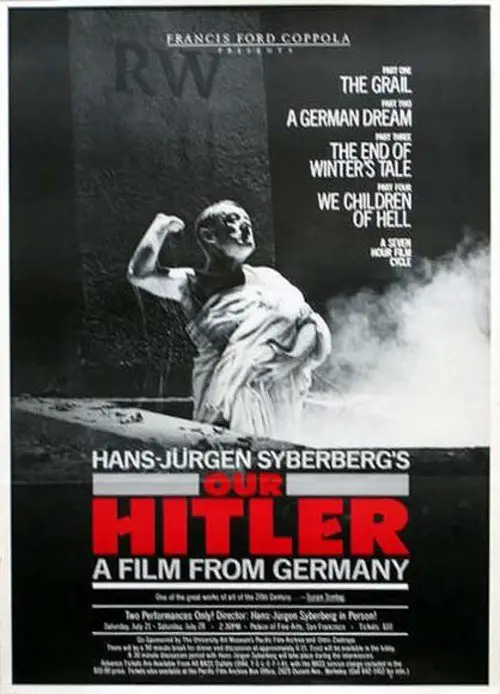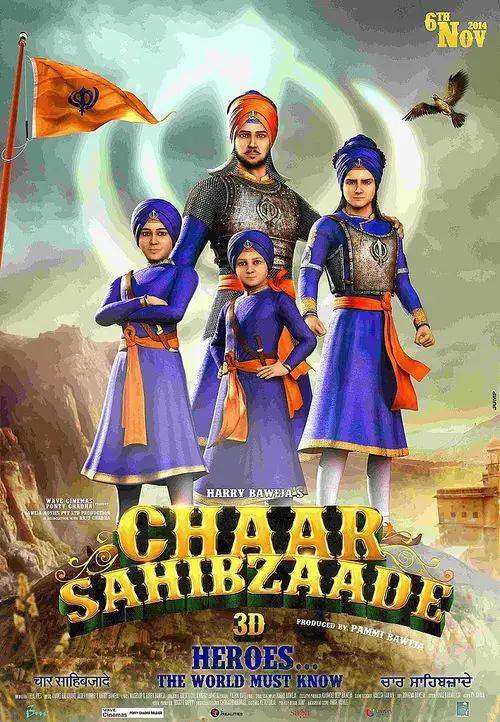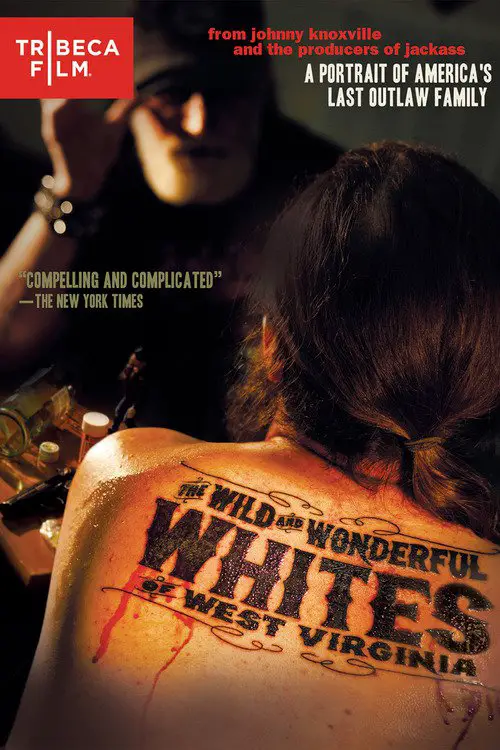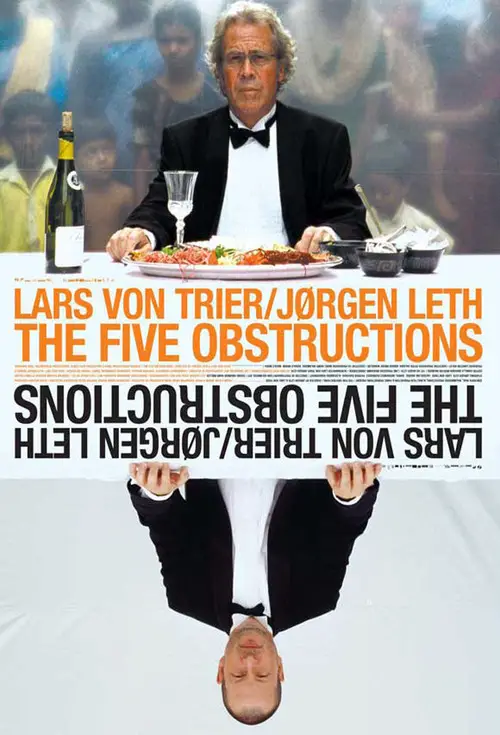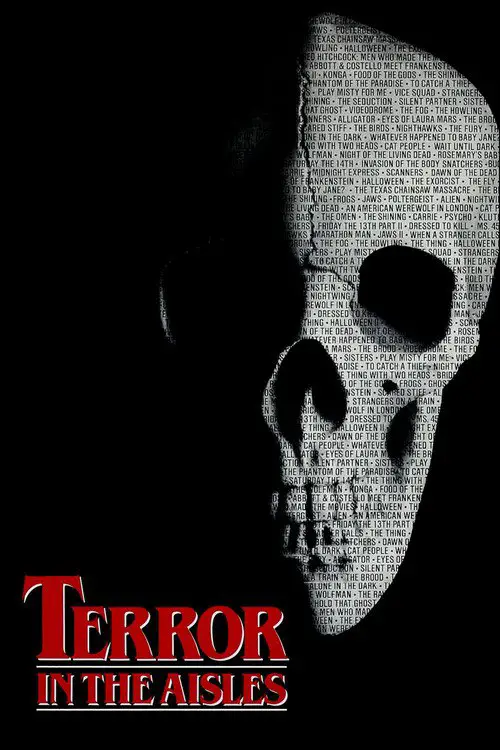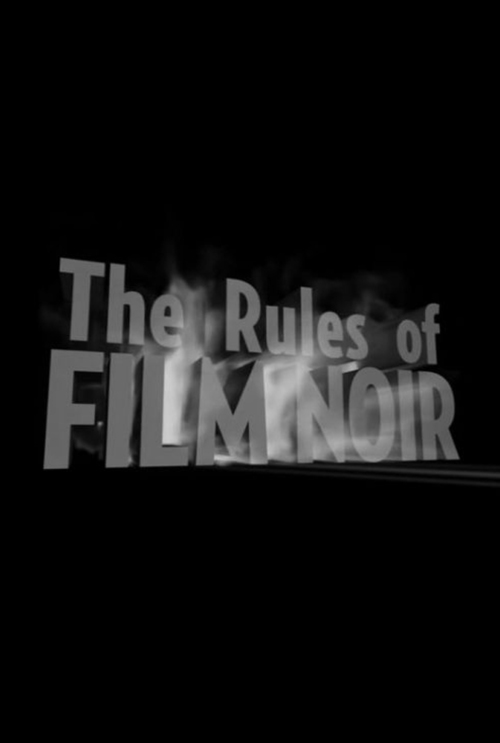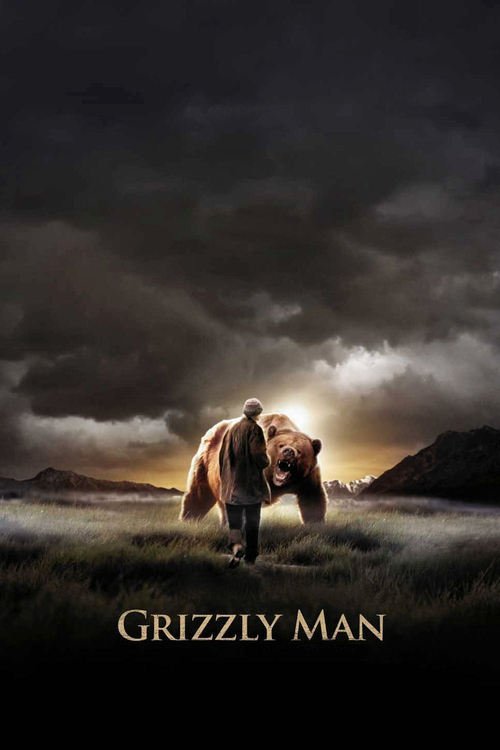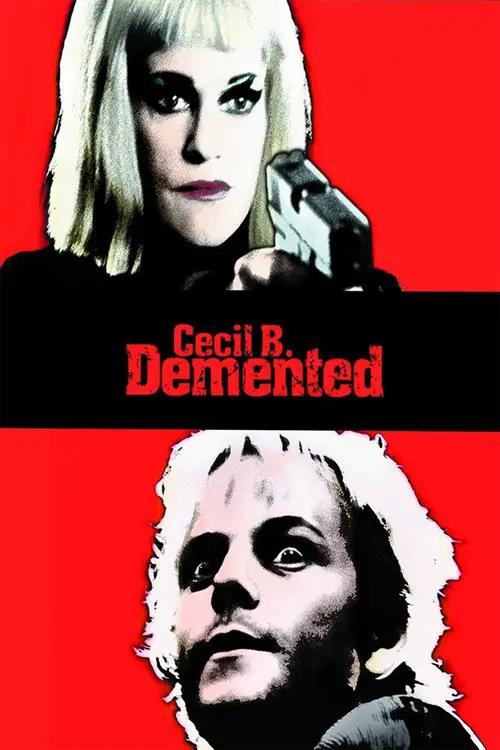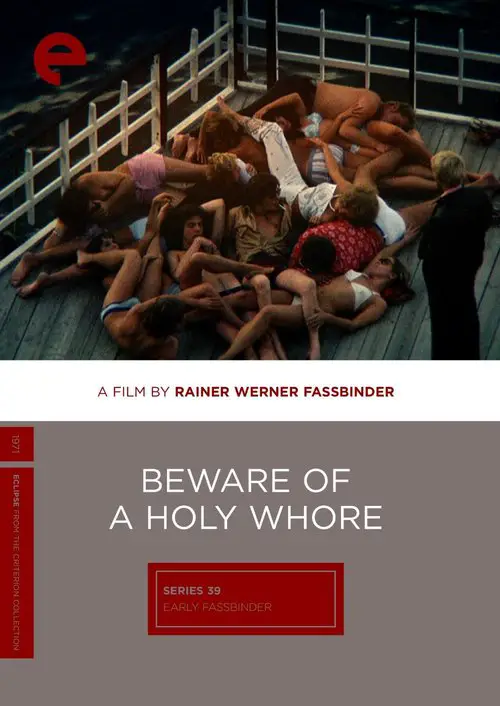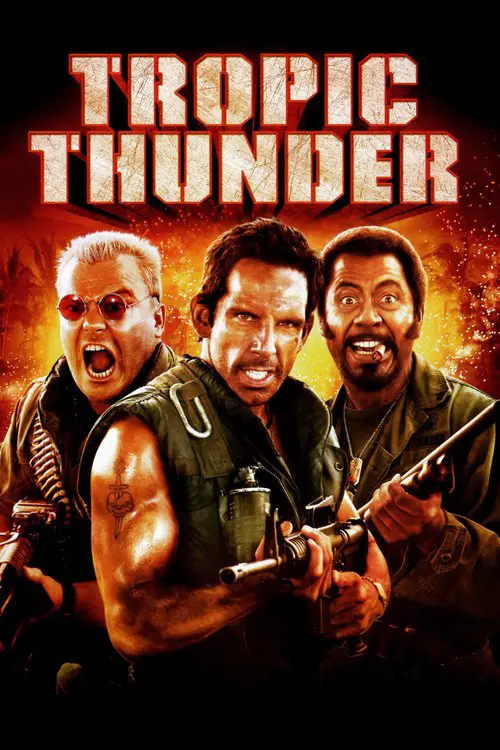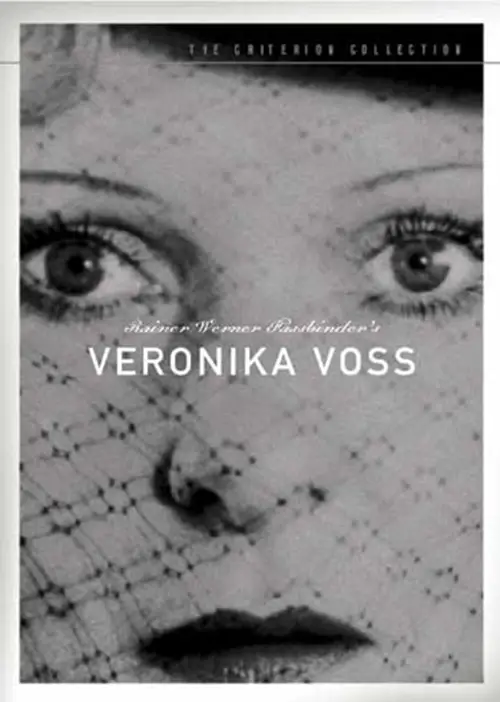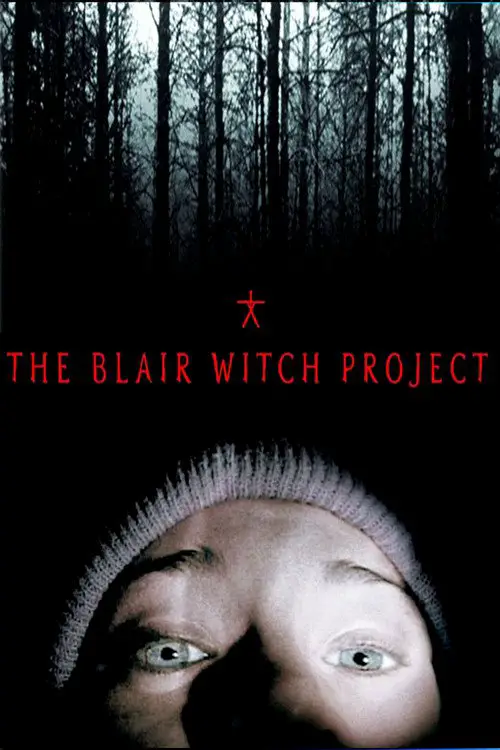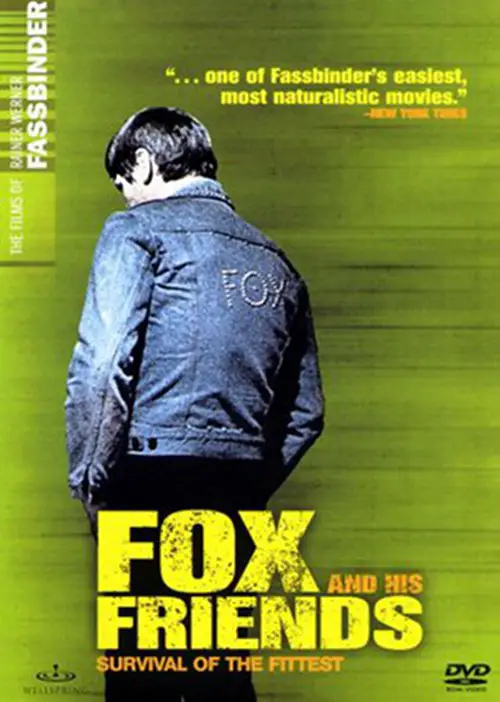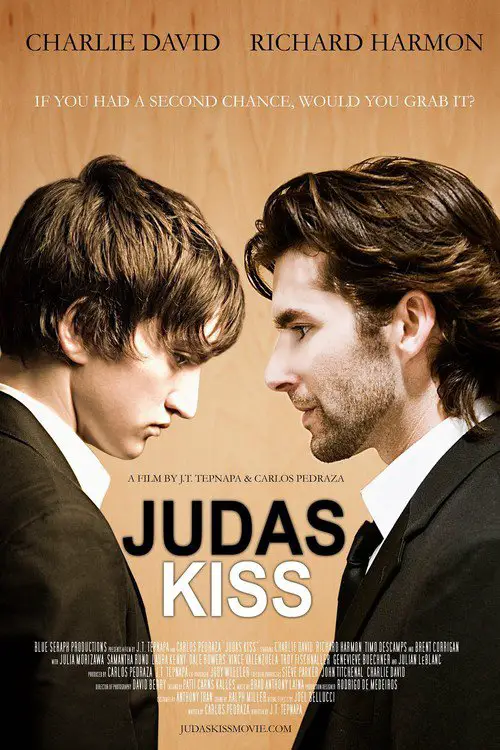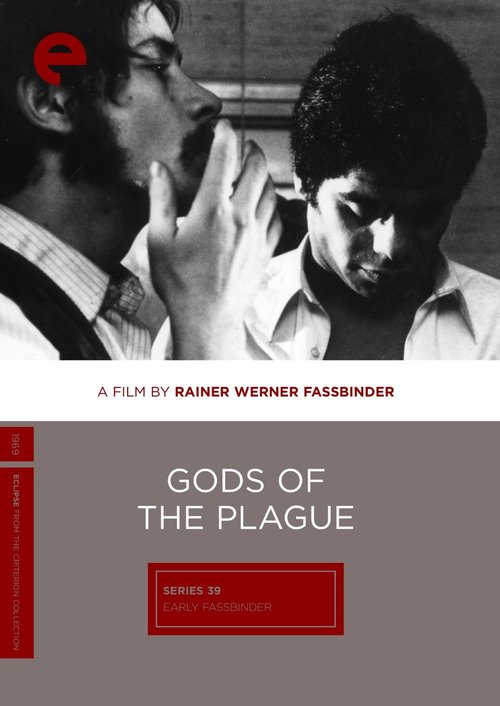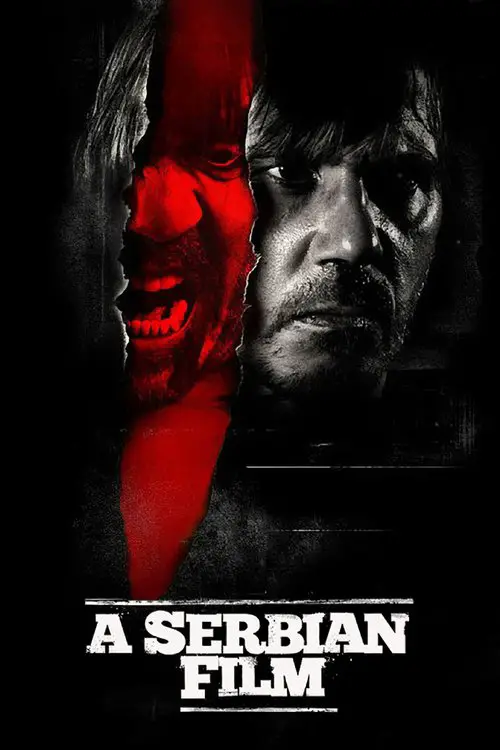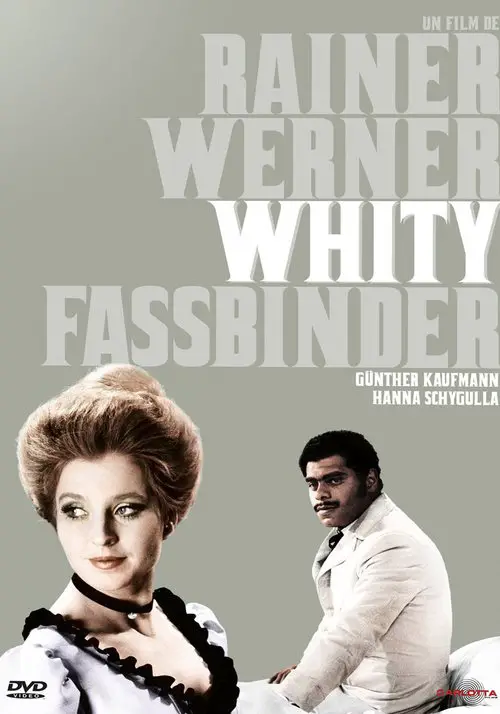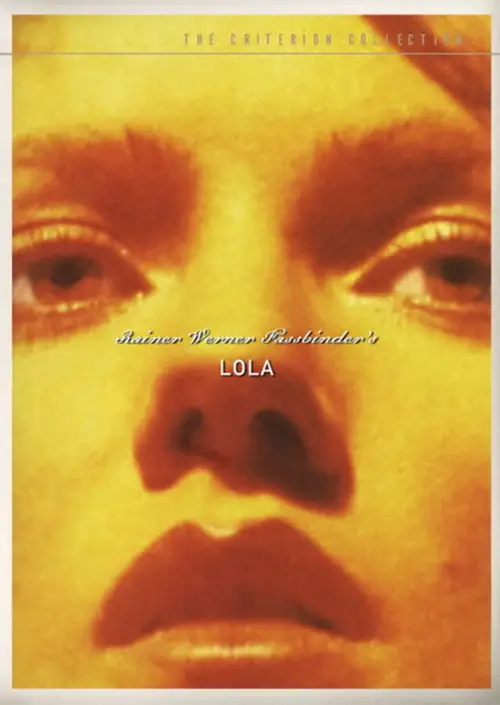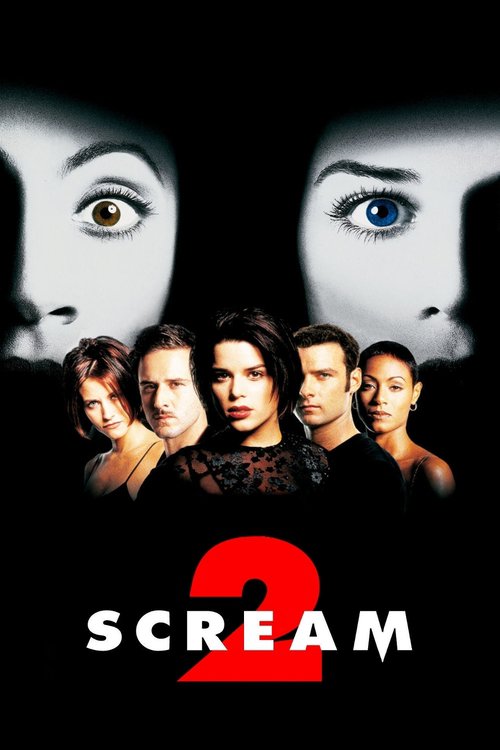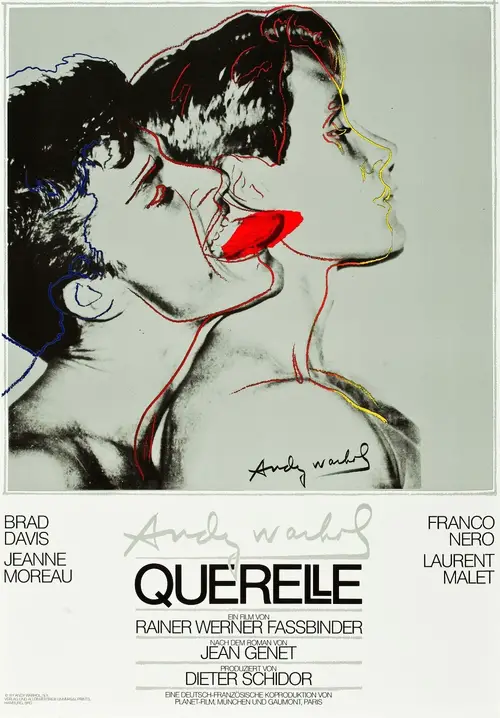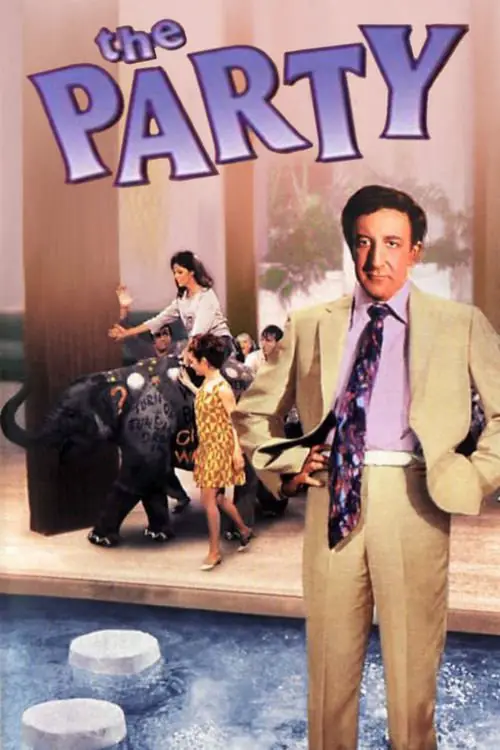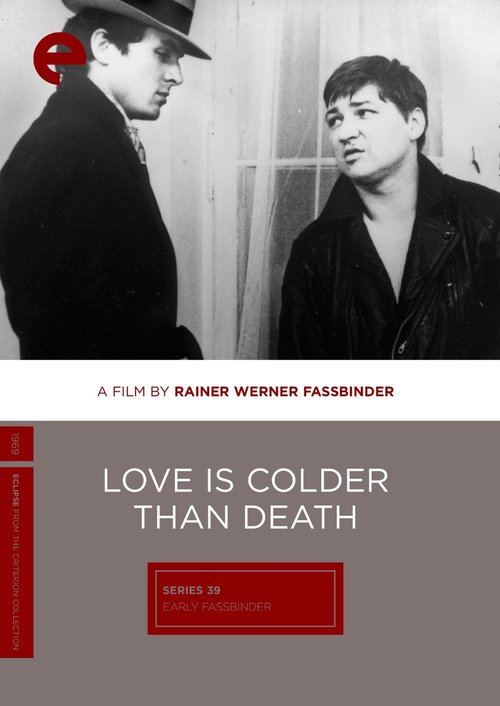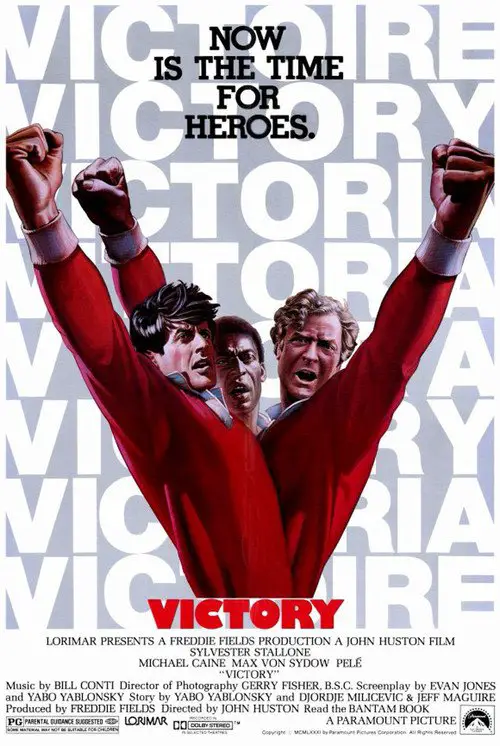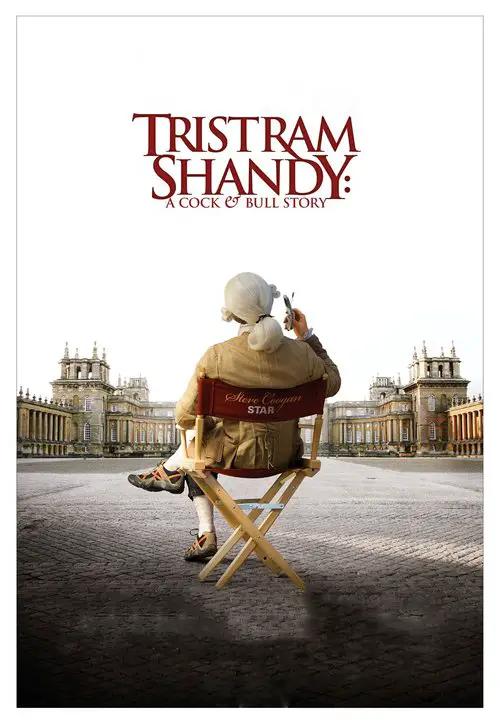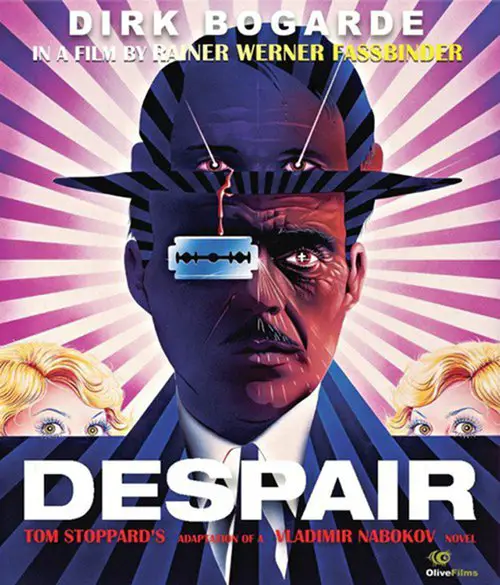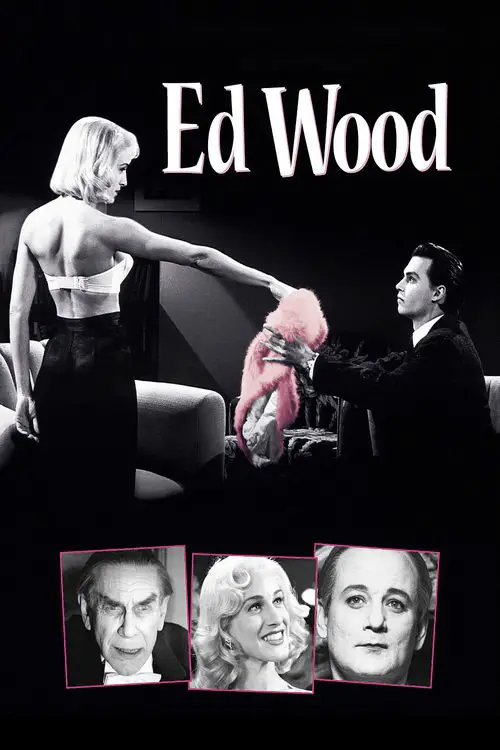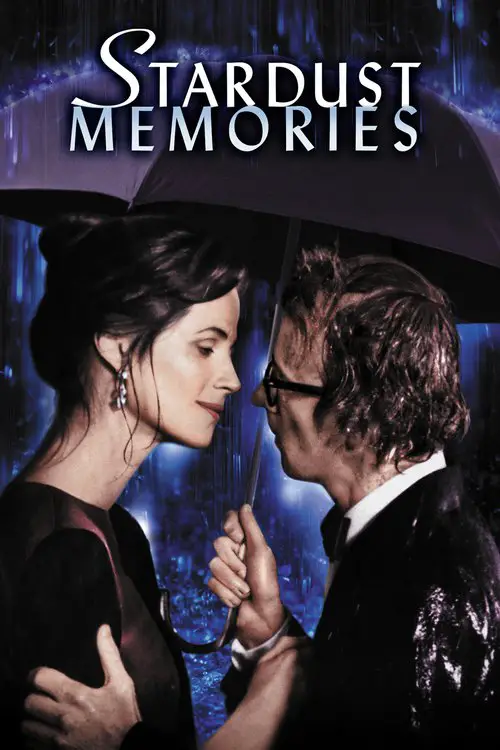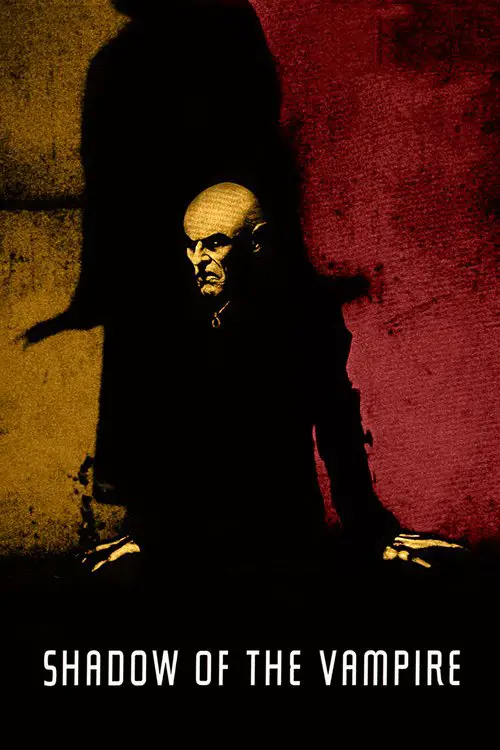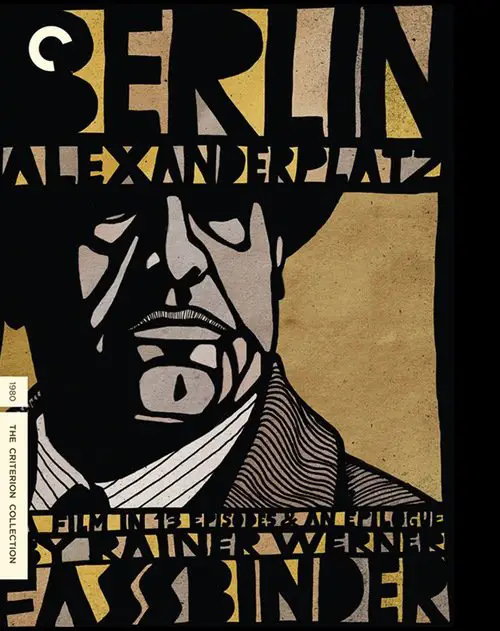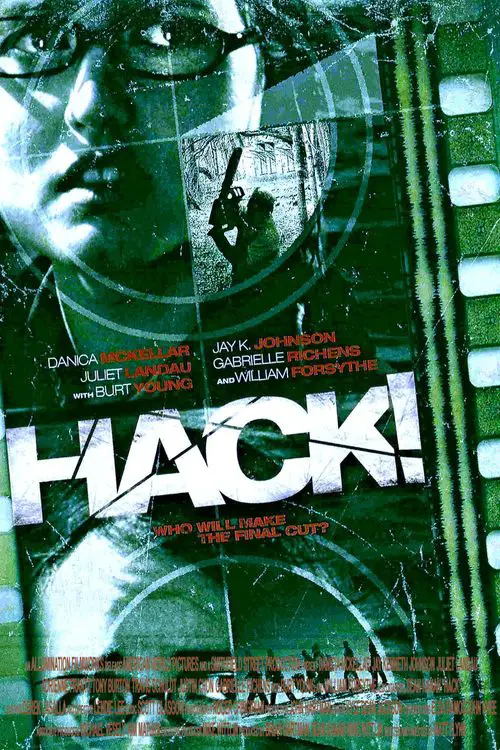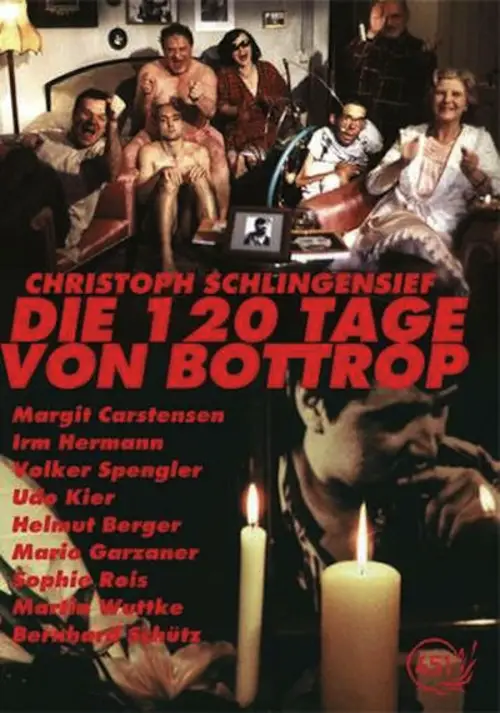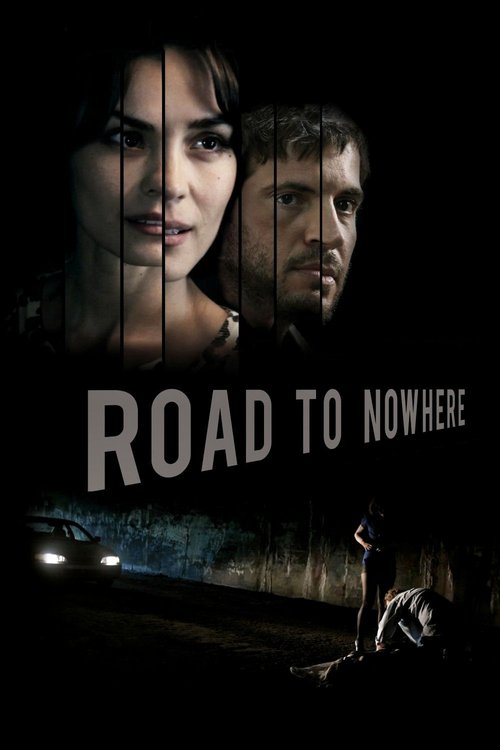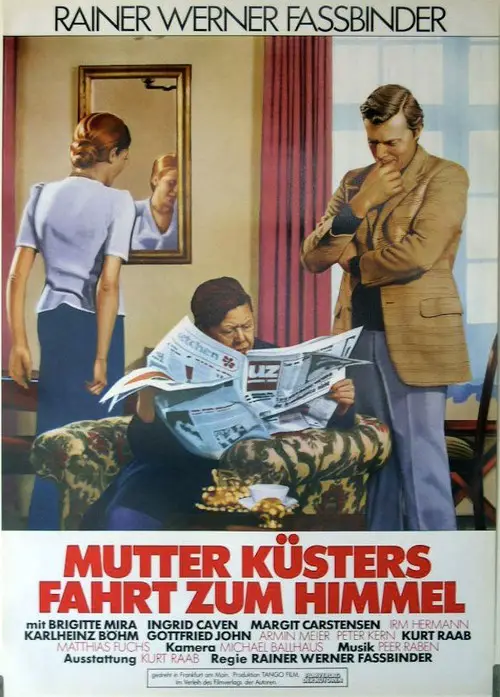I Don't Just Want You to Love Me (1993)
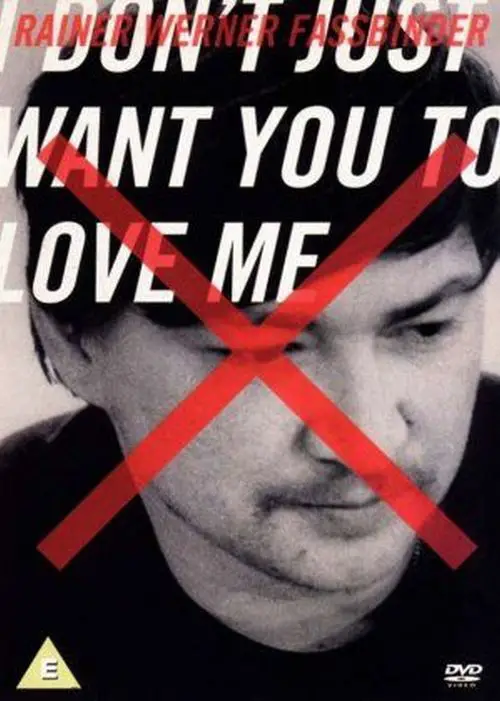
Similar movies
AMERICAN MOVIE is the story of filmmaker Mark Borchardt, his mission, and his dream. Spanning over two years of intense struggle with his film, his family, financial decline, and spiritual crisis, AMERICAN MOVIE is a portrayal of ambition, obsession, excess, and one man's quest for the American Dream.
The Go-Go Boys tells the inside story of two Israeli-born cousins, the late Menahem Golan and Yoram Globus, who in pursuit of the âAmerican dreamâ turned the Hollywood establishment upside down. Together they produced more than 300 films and founded the most powerful independent film company in the world, Cannon Films, which was responsible for Israeli and mainstream, Hollywood-blockbuster, action/exploitation hits during the duoâs 1980s hey day, starring the likes of Chuck Norris, Jean-Claude Van Damme and Charles Bronson. Up close and personal, and with the complete cooperation of the filmâs subjects, the film examines the complex relationship between two contradictory personalities, whose combined force fueled their successes and eventual split. A film about filmmaking and two dogged, exceptional characters with modest origins taking on the big boys.
This historical and critical look at slasher films, which includes dozens of clips, begins with "Halloween," "Friday the 13th," and "Prom Night." The films' directors, writers, producers, and special effects creators comment on the films' making and success. During the Reagan years, the films get gorier, budgets get smaller, and their appeal wanes. Then, "Nightmare on Elm Street" revives the genre. Jump to the late 90s, when "Scream" brings humor and TV stars into the mix. Although some criticize the genre as misogynistic (Siskel and Ebert), most of the talking heads celebrate the films: as long as there are teenagers, there will be slasher films, says one.
Since the invention of cinema, the standard format for recording moving images has been film. Over the past two decades, a new form of digital filmmaking has emerged, creating a groundbreaking evolution in the medium. Keanu Reeves explores the development of cinema and the impact of digital filmmaking via in-depth interviews with Hollywood masters, such as James Cameron, David Fincher, David Lynch, Christopher Nolan, Martin Scorsese, George Lucas, Steven Soderbergh, and many more.
Kirby Dick's provocative documentary investigates the secretive and inconsistent process by which the Motion Picture Association of America rates films, revealing the organization's underhanded efforts to control culture. Dick questions whether certain studios get preferential treatment and exposes the discrepancies in how the MPAA views sex and violence.
Germany in Autumn does not have a plot per se; it mixes documentary footage, along with standard movie scenes, to give the audience the mood of Germany during the late 1970s. The movie covers the two month time period during 1977 when a businessman was kidnapped, and later murdered, by the left-wing terrorists known as the RAF-Rote Armee Fraktion (Red Army Faction). The businessman had been kidnapped in an effort to secure the release of the orginal leaders of the RAF, also known as the Baader-Meinhof gang. When the kidnapping effort and a plane hijacking effort failed, the three most prominent leaders of the RAF, Andreas Baader, Gudrun Enslin, and Jean-Carl Raspe, all committed suicide in prison. It has become an article of faith within the left-wing community that these three were actually murdered by the state.
Yael Hersonski's powerful documentary achieves a remarkable feat through its penetrating look at another film-the now-infamous Nazi-produced film about the Warsaw Ghetto. Discovered after the war, the unfinished work, with no soundtrack, quickly became a resource for historians seeking an authentic record, despite its elaborate propagandistic construction. The later discovery of a long-missing reel complicated earlier readings, showing the manipulations of camera crews in these "everyday" scenes. Well-heeled Jews attending elegant dinners and theatricals (while callously stepping over the dead bodies of compatriots) now appeared as unwilling, but complicit, actors, alternately fearful and in denial of their looming fate.
The Death of 'Superman Lives': What Happened? feature film documents the process of development of the ill fated "Superman Lives" movie, that was to be directed by Tim Burton and star Nicolas Cage as the man of steel himself, Superman. The project went through years of development before the plug was pulled, and this documentary interviews the major players: Kevin Smith, Tim Burton, Jon Peters, Dan Gilroy, Colleen Atwood, Lorenzo di Bonaventura and many many more.
This dryly funny mockumentary about the lost work of a pioneering New Zealand film genius is probably one of the best examples of the faux-documentary genre. In fact, it was so successful that when it originally aired on New Zealand television, hundreds of viewers bought the premise hook, line, and sinker. If you didn't know any better yourself, it's entirely possible you might be duped into believing the extremely tall tale of one Colin MacKenzie, an ambitious filmmaker who made the world's first talking movie (years before The Jazz Singer), invented color film, and created a huge biblical epic that would put Cecil B. DeMille and D.W. Griffith to shame. Filmmaker Peter Jackson (Heavenly Creatures) shrewdly inserts himself into the film via his documentation of the "discovery" of McKenzie's lost epic, which for years was preserved in a garden shed.
"Touring makes you crazy," Frank Zappa says, explaining that the idea for this film came to him while the Mothers of Invention were touring. The story, interspersed with performances by the Mothers and the Royal Symphony Orchestra, is a tale of life on the road. The band members' main concerns are the search for groupies and the desire to get paid.
Life Itself recounts the surprising and entertaining life of renowned film critic and social commentator Roger Ebert. The film details his early days as a freewheeling bachelor and Pulitzer Prize winner, his famously contentious partnership with Gene Siskel, his life-altering marriage, and his brave and transcendent battle with cancer.
Menahem Golan and Yoram Globus were two movie-obsessed cousins from Israel who became Hollywoodâs ultimate gate-crashers. Following their own skewed version of the Great American Dream, they bought an already low-rent brand â Cannon Films â and ratcheted up its production to become so synonymous with schlock that the very sight of its iconic logo made audiences boo throughout the 1980s. And yet who could have foreseen how close they came to nearly taking over Hollywood and the UK film industry?
Documentary film that examines the rise and fall of the Third Reich, incorporating puppetry, rear-screen projection, and a Wagnerian score into a singular epic vision. The director, who grew up under Nazi tyranny, ruminates on good and evil and the rest of humanity's complicity in the horrors of the holocaust.
This fiction-documentary hybrid uses a sensational real-life eventâthe arrest of a young man on charges that he fraudulently impersonated the well-known filmmaker Mohsen Makhmalbafâas the basis for a stunning, multilayered investigation into movies, identity, artistic creation, and existence, in which the real people from the case play themselves.
Matthew Sweet explores his rules of 1940s and 50s American film noir thrillers: *Choose a dame with no past and a hero with no future *Use no fiction but pulp fiction *See America through a stranger's eyes *Make it any colour as long as it's black *It ain't what you say, it's the way that you say it.
Werner Herzogâs documentary film about the âGrizzly Manâ Timothy Treadwell and what the thirteen summers in a National Park in Alaska were like in one manâs attempt to protect the grizzly bears. The film is full of unique images and a look into the spirit of a man who sacrificed himself for nature.
Vietnam veteran "Four Leaf" Tayback's memoir, Tropic Thunder, is being made into a film. Director Damien Cockburn canât control the cast of prima donnas. Behind schedule and over budget, Cockburn is ordered by a studio executive to get filming back on track, or risk its cancellation. On Tayback's advice, Cockburn drops the actors into the middle of the jungle to film the remaining scenes. Unbeknownst to the actors and production, the group have been dropped in the middle of the Golden Triangle, the home of heroin-producing gangs.
Franz "Fox" Biberkopf is a working-class guy, at loose ends when his lover is arrested and the police shutter their carnival booth. In need of cash for his weekly lottery purchase, Fox lets himself be picked up by an elegant older man named Max. At Max's, he meets two younger gay men who have expensive tastes and images to uphold. The next day, Fox wins 500,000 marks in the lottery, and Max's friends suddenly become Fox's friends, especially Eugen, the heir to a bookbinding firm that's short of cash. Eugen's polish beguiles Fox, and the fleecing begins.
Milos, a retired porn star, leads a normal family life trying to make ends meet. Presented with the opportunity of a lifetime to financially support his family for the rest of their lives, Milos must participate in one last mysterious film. From then on, Milos is drawn into a maelstrom of unbelievable cruelty and mayhem.
"Whity" is the mulatto butler of the dysfunctional Nicholson family in the American southwest in 1878. The father, Ben Nicholson, has an attractive young wife Katherine, and two sons by a previous marriage; the homosexual Frank, and the retarded Davy. Whity tries to carry out all their orders, however demeaning, until various of the family members ask him to kill some of the others.
Ten years after the war, West Germany's market economy is booming. Into an unnamed city that's rife with corruption comes a new building commissioner, Herr von Bohm, committed to progress but also upright. He's smitten by Marie-Louise, a single mother who's his landlady's daughter. Von Bohm does not realize she is also Lola, a singer at a bordello and the mistress of Schuckert, a local builder whose profits depend on von Bohm's projects. When von Bohm discovers Marie-Louise's real vocation and looks closely at Schuckert's work, will this social satire play out as a remake of "Blue Angel," a visit of Chekhov to West Germany, or an update of Jean Renoir's "Rules of the Game"?
Two years after the terrifying events that occurred in Woodsboro, Sidney is now attending Windsor College in Cincinnati with long time friend Randy. Meanwhile, Gale Weathers best selling book on Sidney's life has now been made into a major motion picture. When two college students are killed in a theatre while watching the new film "Stab," Sidney knows deep down that history is repeating itself.
French sailor Querelle arrives in Brest and starts frequenting a strange whorehouse. He discovers that his brother Robert is the lover of the lady owner, Lysiane. Here, you can play dice with Nono, Lysiane's husband: if you win, you are allowed to make love with Lysiane, if you lose, you have to make love with Nono⦠Querelle loses on purposeâ¦
Unusual gangster story, in which a small-time pimp Franz, who is torn between his mistress and Bruno the gangster sent after him by the syndicate that he has refused to join. Things are turned on their head when Franz and Bruno become friends, to the point that they even share Franz's girlfriend Joanna. But Joanna soon becomes bored of Bruno, and when he plots a bank robbery, she reports it to the police before Bruno's scheme to kill her can succeed. Bruno is shot dead by the police, but the lovers manage to escape.
Two actors, as their make up is applied, talk about the size of their parts. Then into the film: Laurence Sterne's unfilmable novel, Tristram Shandy, a fictive autobiography wherein the narrator, interrupted constantly, takes the entire story to be born. The film tracks between "Shandy" and behind the scenes. Size matters: parts, egos, shoes, noses. The lead's girlfriend, with their infant son, is up from London for the night, wanting sex; interruptions are constant. Scenes are shot, re-shot, and discarded. The purpose of the project is elusive. Fathers and sons; men and women; cocks and bulls. Life is amorphous, too full and too rich to be captured in one narrative.
Germany in the early 1930s. Against the backdrop of the Nazis' rise, Hermann Hermann, a Russian émigré and chocolate magnate, goes slowly mad. It begins with his seating himself in a chair to observe himself making love to his wife, Lydia, a zaftig empty-headed siren who is also sleeping with her cousin. Hermann is soon given to intemperate outbursts at his workers, other businessmen, and strangers. Then, he meets Felix, an itinerant laborer, whom he delusionally believes looks exactly like himself. Armed with a new life insurance policy, he hatches an elaborate plot in the belief it will free him of all his worries.
Lili Marleen is the story of a German singer named Wilkie who while working in Switzerland falls in love with a Jewish composer named Robert whoâs family is helping people to flee from the Nazis. Roberts family is skeptical of Walkie thinking she could be a Nazi as she becomes famous for singing Lili Marleen.
In this unflinching German drama by Rainer Werner Fassbinder, a group of young slackers, including the couple Erich and Marie, spend most of their time hanging out in front of a Munich apartment building. When a Greek immigrant named Jorgos, moves in, however, their aimless lives are shaken up. Soon new tensions arise both within the group and with Jorgos, particularly when Marie threatens to leave Erich for the outsider.
Berlin Alexanderplatz, originally broadcast in 1980, is a 14-part television film adapted and directed by Rainer Werner Fassbinder from the Alfred Döblin novel of the same name, and stars Günter Lamprecht, Hanna Schygulla, Barbara Sukowa, Elisabeth Trissenaar and Gottfried John. The complete film is 15½ hours long.
Seven college students are picked to travel to a private island owned by the reclusive Vincent King and his film-obsessed wife Mary Shelley to study island wildlife. But is isn't long when a mysterious killer begins killing the students one-by-one, and modeling them after gory murder scenes from numerous horror films.
Die letzten Ãberlebenden der alten Fassbinder-Zunft tun sich zusammen, um auf dem Potsdamerplatz den wirklich allerletzten Neuen Deutschen Film, ein Remake von Pasolinis "120 Tage von Bottrop" zu drehen. Schlingensief soll Regie führen, wird aber von einem gewissen "Sönke Buckmann" ersetzt, dem prompt Katja Riemann den Bundesfilmpreis überreicht. Eine Hommage an Rainer Werner Fassbinder, an die Exzentrik und den Wahnsinn einer längst vergangenen Zeit.
A passionate filmmaker creating a film based upon a true crime casts an unknown mysterious young woman bearing a disturbing resemblance to the femme fatale in the story. Unsuspectingly, he finds himself drawn into a complex web of haunting intrigue: he becomes obsessed with the woman, the crime, her possibly notorious past, and the disturbing complexity between art and truth. From the Smoky Mountains of North Carolina to Verona, Rome, and London, new truths are revealed and clues to other crimes and passions, darker and even more complex, are uncovered.
Frau Kusters is preparing dinner late one seemingly ordinary afternoon in her seemingly ordinary kitchen in Frankfurt, Germany. Mrs. Kusters wants to add canned sausages to the stew, her annoying daughter-in-law thinks otherwise. The point, we soon find out, is moot: Mr. Kusters has murdered the personnel director at the soap factory where he works before committing suicide.
On the verge of bankruptcy and desperate for his big break, aspiring filmmaker Bobby Bowfinger concocts a crazy plan to make his ultimate dream movie. Rallying a ragtag team that includes a starry-eyed ingenue, a has-been diva and a film studio gofer, he sets out to shoot a blockbuster featuring the biggest star in Hollywood, Kit Ramsey -- only without letting Ramsey know he's in the picture.
© Valossa 2015–2025
| Privacy Policy
